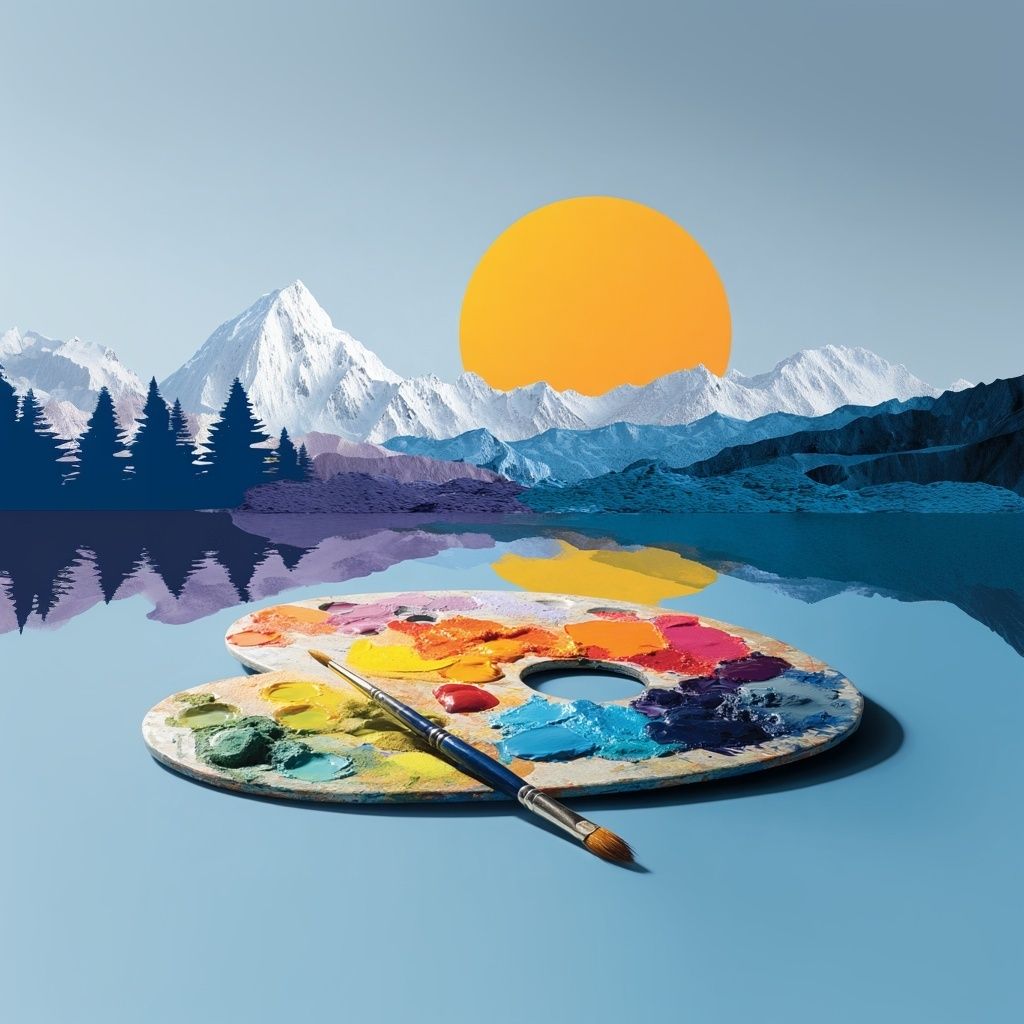- The Weekly Close
- Posts
- Curious Colour Insights
Curious Colour Insights
Quotes
"Colours, like features, follow the changes of the emotions."
The Facts
What’s so interesting about colours?
Research shows that colours can affect our mood, energy levels - and even our physical responses like heart rate and appetite.
Colour associations that people have are not always universal.
Cultural associations and individual experiences can influence how we feel and respond to colours.
If we’re thinking about how we can match the best space for our moods - be it focused work, relaxation, or creativity - we may want to tap into our unique colour palettes and see how they make us feel and respond.

Thoughts
Notice the dominant colours in spaces where you feel most relaxed versus most energised.
How might you intentionally incorporate mood-lifting colours into your daily environment? Clothing choices, workspace elements, or home décor?
If you could design your perfect workspace or relaxation space, what colours would you choose? What does this reveal about how different environments affect your mood and productivity?
Finding your personal colour palette can help to understand your own unique preferences and reactions to them - a helpful tool for environmental mood management.
Ok that’s all, for now!